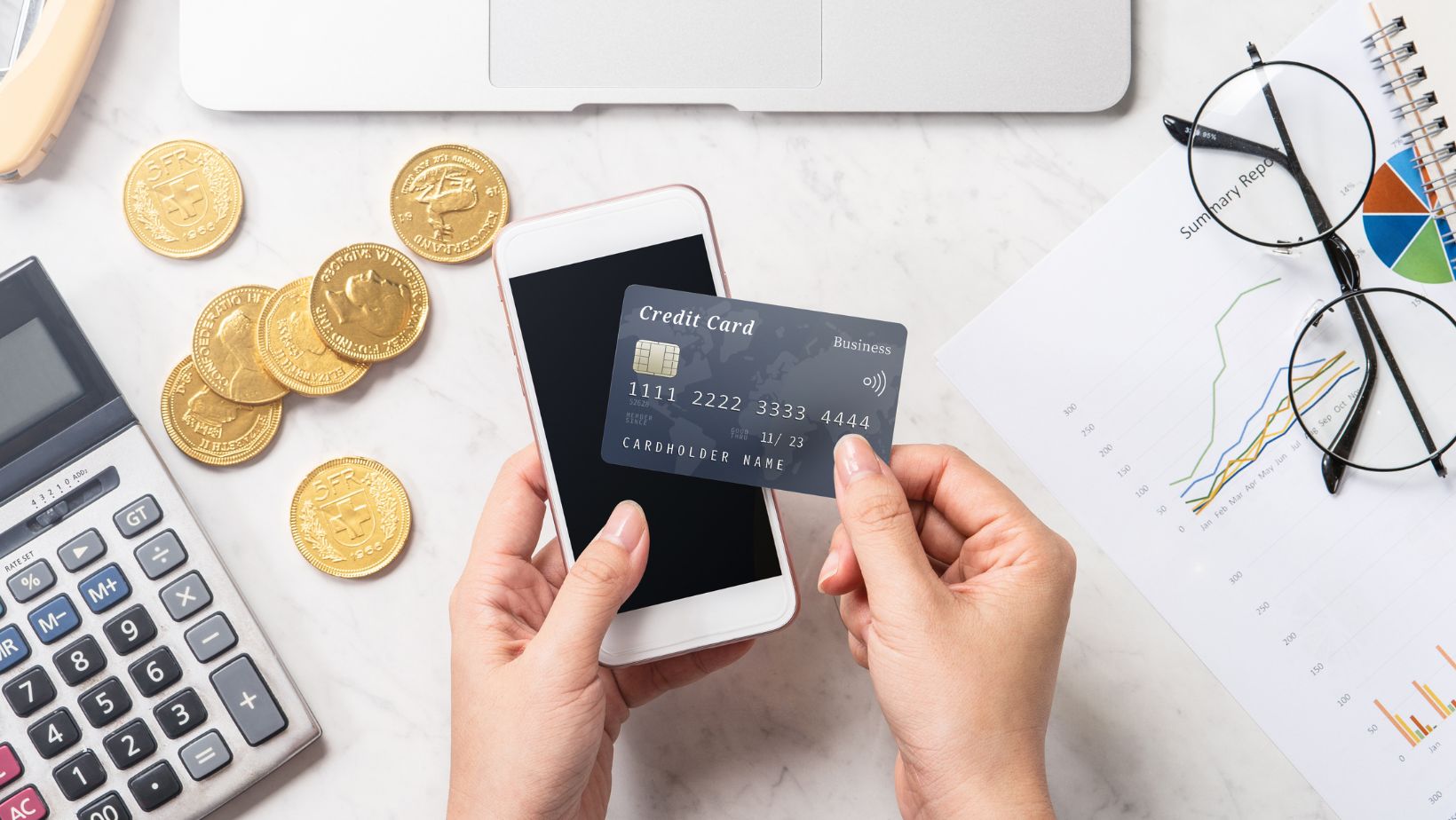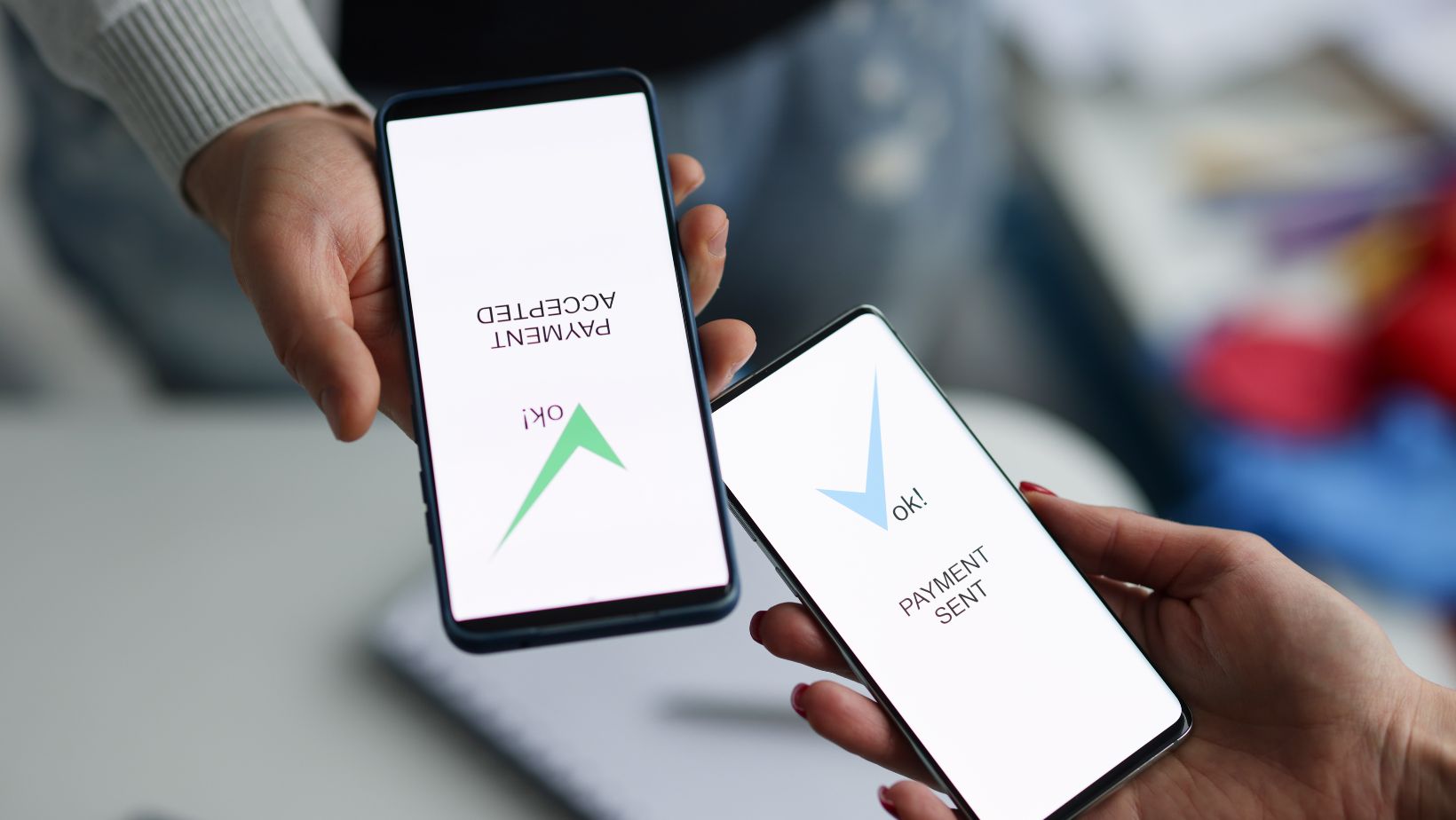In e-commerce, your payment options can be the difference between a sale and an abandoned cart. Shoppers want fast and secure checkouts, and if you can’t deliver, they’ll move on to a competitor.
For merchants, the real challenge is finding payment methods that keep customers happy while staying cost-effective and secure.
So, what’s the best way to accept online payments? From credit cards to open banking, this guide breaks down your options and shows why open banking might just be the smarter choice for your business.
Popular Payment Methods for Online Merchants
Credit and Debit Cards
Credit and debit cards are one of the most common ways customers pay online. Visa, Mastercard, and American Express dominate globally, making card payments essential for most merchants.
Why It’s Popular:
- Cards are widely used and familiar to customers.
- They allow quick and convenient transactions.
- Many offer fraud protection for buyers.
Challenges:
- High processing fees eat into merchant profits.
- Chargebacks can lead to disputes and extra costs.
- Storing card details requires strict compliance with security standards like PCI DSS.
Digital Wallets
Digital wallets like Apple Pay and Google Pay offer a seamless way for customers to pay using stored card or bank details. They are the most popular way to pay online.
Why It’s Popular:
- Speeds up checkout with one-click payments.
- Provides extra security with encryption and tokenisation.
- Ideal for mobile shopping.
Challenges:
- Adoption depends on whether your target audience uses these wallets.
- Still tied to card networks, which means fees and chargeback risks.
Purchase Now, Pay Later (BNPL)
BNPL services let customers split payments into installments, making larger purchases more manageable.
Why It’s Popular:
- Increases average order value by making high-ticket items more accessible.
- Appeals to younger shoppers who avoid credit cards.
Challenges:
- Merchants often pay higher fees compared to other methods.
- Customers may overspend, leading to repayment issues.
Open Banking Payments
Open banking payments (often referred to as account-to-account payments or pay-by-bank) allow customers to pay directly from their bank account using secure APIs.

When making a payment, users are directed to their trusted bank’s interface and authorise the transaction from there. This means better UX, faster settlement, and bank-level security.
Open banking is becoming a strong contender for the title of the ideal way to accept online payments due to its speed, security, and cost advantages.
Why Open Banking Is a Great Option for Merchants
Open banking combines the best of other payment methods while eliminating some of their drawbacks. Here’s why it’s worth considering:
Lower Fees
Traditional card networks charge significant processing fees, cutting into your margins. Open banking bypasses these networks, offering a direct connection between customers and merchants. This significantly reduces transaction costs, making it a cost-effective choice.
Fewer Chargebacks
Chargebacks are a major headache for merchants, but open banking transactions are authenticated directly through the customer’s bank. This ensures payments are authorised in real time, reducing the risk of disputes or fraud. Customers must follow the official refund procedure.
Faster Payments
With instant payments becoming the standard, open banking enables transactions to settle within seconds, 24/7. Faster payments mean improved cash flow, allowing you to reinvest in your business sooner.
Enhanced Security
Open banking leverages strong customer authentication (SCA) under PSD2 regulations. Customers authorise payments through their bank’s secure interface, protecting their data and reducing the risk of fraud.
Better User Experience
Customers no longer need to input lengthy card details or set up digital wallets. Open banking offers a seamless payment process, directing users to their trusted banking app for instant confirmation. This frictionless experience can boost conversion rates.
Choosing the Right Payment Methods for Your Business
No single payment method suits every merchant. Here’s how to decide what works best for you:
Consider Your Target Audience
If your customers prefer credit cards or digital wallets, those methods should remain a priority. For shoppers who look for speed and simplicity, open banking payments are ideal.
Balance Costs and Benefits
While offering multiple payment options increases customer satisfaction, each comes with its own cost. Assess the fees, chargeback risks, and integration costs before adding new methods.

Keep Security in Mind
With cyber threats on the rise, security should be a top priority. Payment methods like open banking provide built-in security features that protect both you and your customers.
Offer Flexibility
The more payment options you offer, the better your chances of converting customers. Combining traditional methods with innovative solutions like open banking ensures you cater to a broader audience.
Final Thoughts
Finding the best way to accept online payments is all about understanding your business and customers. While credit cards and digital wallets remain essential, open banking is emerging as a secure, cost-effective alternative that ticks many boxes for merchants.
By offering multiple payment methods, you can boost customer satisfaction, reduce costs, and stay ahead in a competitive market. Take the time to evaluate your options and build a payment system that works for your business, and your bottom line.

